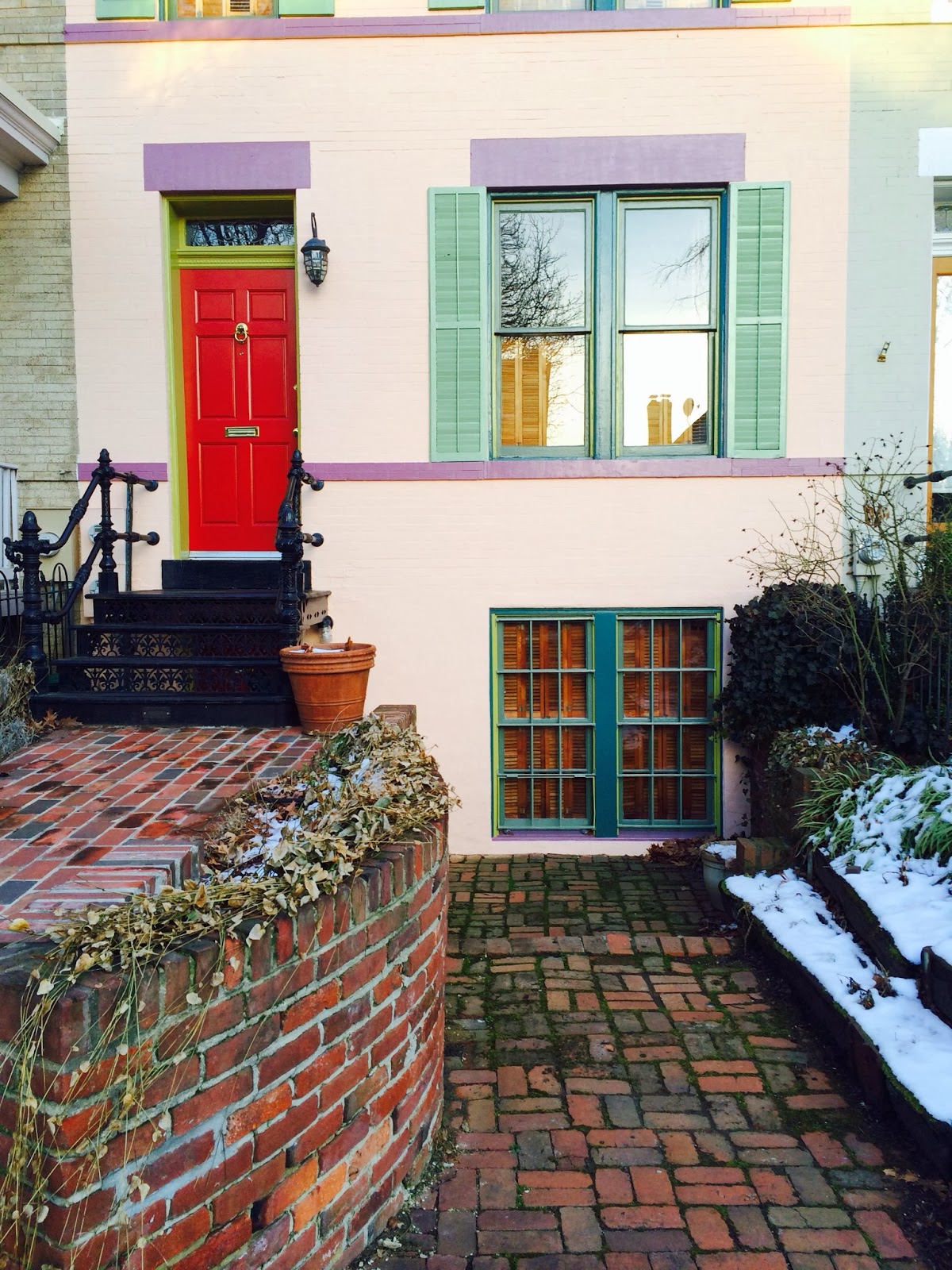I have now been in Ashland for two weeks working in the
scene shop for OSF.
I continue to work on a few notes as they arise for
the shows. One of the greatest
challenges of operating in a repertory schedule is to find the time and opportunity
to do set notes. Many of
those notes need to be done while the scenery is in its proper place on
stage. However, in a rep schedule, you
might have a few precious hours to accomplish some notes in the morning
before a rehearsal begins, then there is another rehearsal that often doesn’t end
until 11:00 pm or later, and then the set is shifted offstage and another one is
shifted on.
I was tasked with constructing some
rolling platform wagons for the show Water
by the Spoonful. These are simple
platforms constructed from 2x4 and plywood.
Some of these wagons will carry a raked platform, some a projection
screen, some both.
In the foreground of this picture is a large platform that will carry a projection screen. In the background is a raked platform on its rolling wagon:
This is a picture of a projection screen on its rolling wagon. The projection screen material will be applied along the large angled rectangle:
This is a picture of a ground plan for Water by the Spoonful:
There are 10 large rectangles, some of which are raked platforms; some are shorter platforms that aren’t raked. There will be an LED lighting effect in the platforms. Nearly 600 holes, about 1” in diameter, will be covered by small plexiglass discs with an LED underneath to create different light configurations on the floor.
This picture illustrates a method for deadening the sound of people walking on a platform. This
is the underside of the platform:
Most sets are insulated with the same kind of fiberglass insulation used in the walls in a house. This insulation is made of RECYCLED JEANS!! That is awesome. Since these platforms are going to be carried and handled during a changeover, it is a much nicer material than fiberglass (but maybe a bit more expensive.)
This is an overall picture of the shop:

You can see how tight the working space is, and how quickly it can get cramped. I think that everyone is very excited to move to OSF's new scene shop, where they will be able to set up the full set for a show before it goes into the theatre. Being able to ensure that every piece of a set fits together and works properly, with all the tools and benefits of the shop at hand, before installing it into the theatre is a great advantage. Some people are concerned about not being so close to the theatre complex. The current scene shop is a block away from the theatre, the new shop is about five miles away.. Being able to walk to the shop and get the tool or material that you need to accomplish a note is very convenient.
This is a picture of a bed frame, that was printed ON A 3D
PRINTER!! So awesome!!!

I believe it is for Richard III. This awesome piece of technology is being used by OSF to create model pieces. A scenic designer (or maybe assistant designer, or assistant technical director) creates a 3D drawing, and then prints it. The designer can then paint it accordingly. The shop also printed some line weights for The Tempest. They needed to resemble light bulbs that were already part of that scene, so they printed hollow light bulbs and filled them with ball bearings. I am also told that there is an attachment for the printer, called the “digitizer.” This scans an object, and will then either reprint it or create a drawing of it for manipulation.
The Elizabethan and Bowmer Theatres back up to Lithia
Park. This is a beautiful and lovely
park. As I was walking through the park
on Saturday, I thought it would be a great place to have picnic dinner before the
show. This idea was inspired by the long
standing tradition of “tailgating” at the Santa Fe Opera. This tradition started years ago, and has
since taken many shapes. Some people
arrive and find a picnic table or set up their camp chairs and have a sandwich,
cheese and crackers, and a bottle of wine.
Others arrive to a fully catered three course meal with silk table
cloths and fine china. The opera decided
to try and take advantage of this, and teamed up with their catering company to
offer “box meals” for an additional price to the ticket for the show. When they arrive, patronspick up
their dinner and enjoy it in the wonderful outdoors overlooking the Sangre de
Cristo mountain range. I wondered if OSF
could do the same thing, team up with a local catering company over the
summer and encourage their patrons to enjoy a picnic in the park, maybe
even provide a blanket that they could borrow and then return in a hamper
before the show.
This coming week I think that I may be observing or taking
part in a scenic changeover. In my next
few weeks I hope get a closer look out the automation systems.














